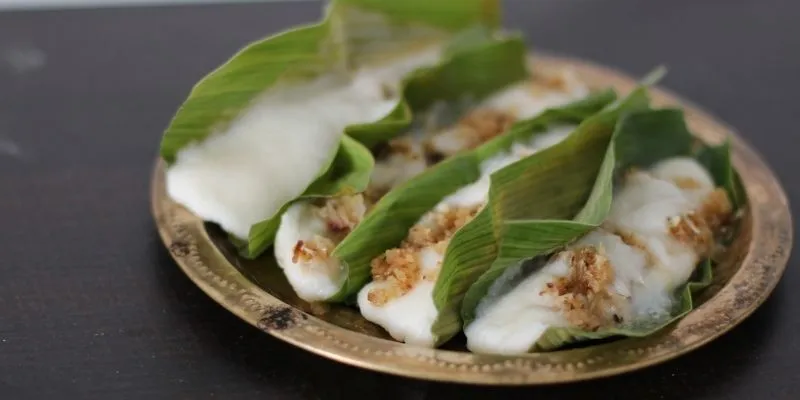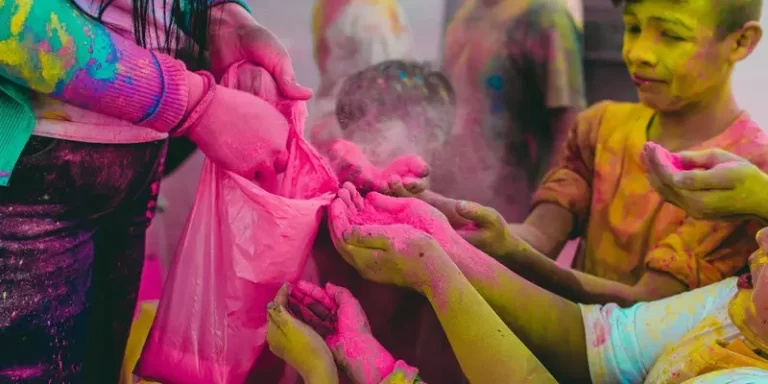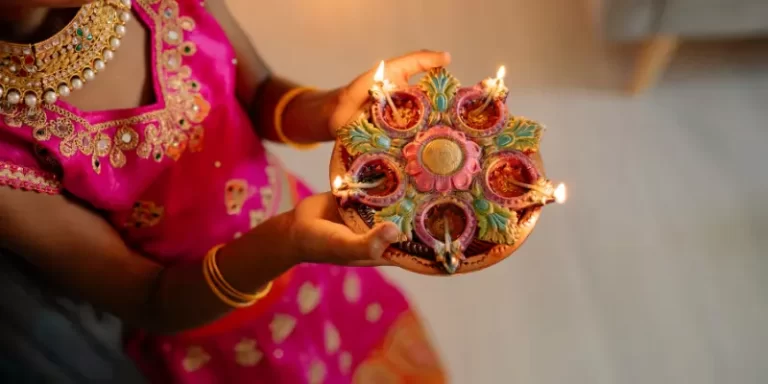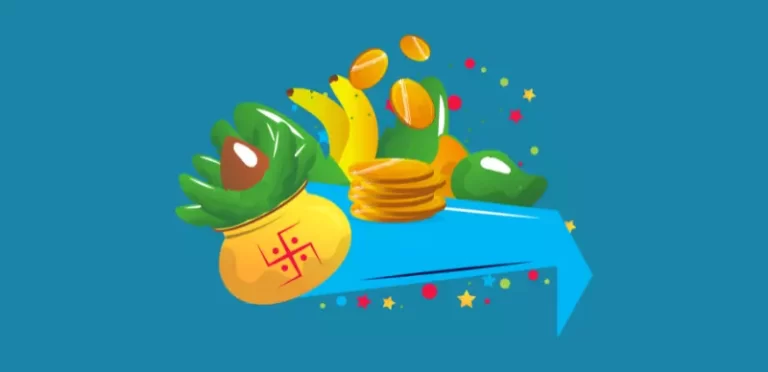Prathamastami is celebrated on the eighth day of Krushna Paksha Ashtami in the month of Margasira (Nov-Dec). According to the Odia Calendar, it is observed after the eighth day of Kartika Purnima. It is a unique festival celebrated majorly in the state of Odisha and by Odias living outside. Prathamastami is also called Bhairava Ashtami or Soubhagini Ashtami.
On this day, the eldest child of the family is appreciated. The rituals involve the Aarati of the eldest child by mother and relatives in which the maternal uncle sends new garments, fruits, and other items necessary for the rituals.
People worship Lord Ganesha and Sashti Devi for the long life and prosperity of the eldest child. The eldest child of the family is called “Podhuan” and this festival is celebrated for the well-being and success of a lifetime. Therefore the festival is also called “Podhuanastami”.
Significance of Prathamastami
We all know that there must be mythology behind every Odia festival. According to the legend on this day, Lord Balaram and Krishna visited maternal uncle King Kansa wearing new clothes and were honored in the same way. Even Lord Jaganathan also follows this ritual.
On this day a special “Bandapana” is organized for him. Bada Thakura Balabhadra also wore a new dress presented by maternal uncle Madhabanandajew of Niali. There’s also a special ritual observed in Shrimandira for Prathamastami.
On this day, Lord Lingaraj’s symbolic deity Chandrashekhara is taken out in a palanquin to Kapali Matha considered as his maternal uncle’s home, near Papahasini Tank. Lord Lingaraj is presented with a new dress and Muan (sweet rice flake balls) by his uncle Shri Barunehswara.
How To Prathamastami celebrate?
The eldest child is marked with Vermillion, Sandalwood powder paste, and flowers and is more embellished with Duba grass and Akshata. On this day, five grains, five leaves, five flowers are offered to Ista Devi or Devata and Lord Ganesha.
The God and Goddess are invited to the water-filled pot covered with coconut and mango leaves which is honored with five types of sweetmeats, Cakes, Curries, etc. New garments of the child are worshipped with the holy pot.
The eldest child is then given to wear these new worshipped clothes and is made to sit on “Pidha”(wooden stool). In front of the child, a Kalash (pot) is placed on a handful of paddy. Above the pot, a branch of mango leaves and a Coconut is placed.
The Specialty of The Day
Pithas are primarily initial sweet sensitivity to the state that have their own importance in every Odia festival. It is assumed that without the preparation of Pitha the celebration of the festival is incomplete. The specialty of the day is Enduri Pitha.
It is a rice cake filled with a sweet stuffing of Cheena, jaggery, and grated coconut tied in green leaves of the turmeric plant before being steamed. The sweet cake is first offered to Sasthi Devi, who is the protector of the children. The Haladi leaves have their own antiseptic properties and boost immunity from cold-related diseases in the winter season.
A pot known as “Athara handi” with its mouth tie-up with a cloth is placed on the fireplace on which turmeric leaves containing elongated shaped batter of rice and black gram is filled with a stuffing of Cheena, jaggery, and grated coconut. Before being served, the Pitha is covered to steam properly and get cooked.
The Enduri Pitha is recognized by the typical aroma due to the usage of turmeric leaves. The Pitha is continuously prepared for 7 days starting from Prathamastami till the 7th day, the Athara handi (water-filled pot which is heated like an oven) is used to steam and the Pitha is submerged in water.
In some areas of Odisha, Asthami Badi is prepared. Apart from, other cakes like Enduri Pitha, Khiri, Muan, Dalma are offered as Bhoga.
Firstborns surely always occupy a special position in the heart of parents. The family members pay much attention to the eldest child as he/she is supposed to lead the family. This festival is celebrated for the safety and prosperity of the first child. So, people eagerly wait every year to celebrate this festival.



